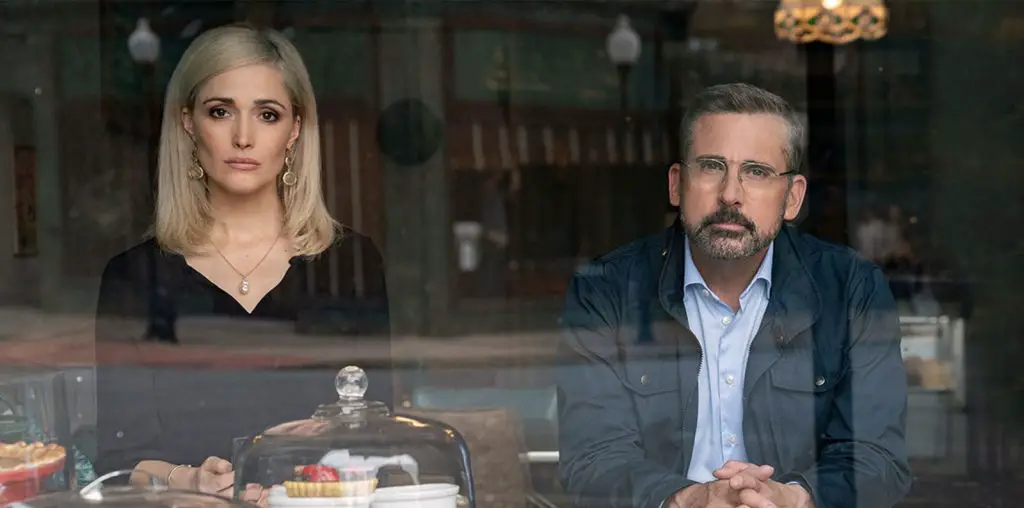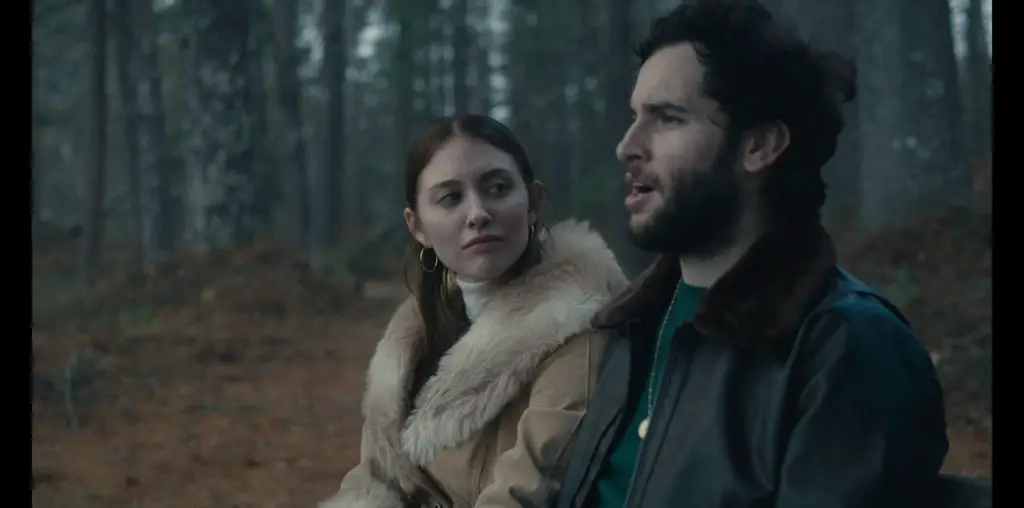
You gotta love Nick Broomfield. Or you’ve got to at least respect his tireless efforts to sniff out any interesting bit of information he can find about the subjects of his documentaries. I prefer to think of him less as a documentary filmmaker and more of a stalkumentary filmmaker. The guy never lets up. And that’s what you need when you make this type of picture. He’s seemingly always on the run, narrating much of each film in his sedate, Robin Leach-esque detached voiceovers.
His 1992 film, “Aileen Wuornos: The Selling of a Serial Killer,” was about the first American female serial killer, a life-long prostitute who was convicted of shooting and killing seven men. It focused on the media frenzy surrounding her exploits and the shameless and pathetic—not to mention illegal—attempts made by those close to her to make a few bucks off of the whole thing. His latest is a follow-up to that eye-opening little nugget called, “Aileen: Life and Death of a Serial Killer.”
This time Broomfield keeps the spotlight on Wuornos herself, chronicling the days leading up to her execution in 2002. Nick is up to his old tricks, doggedly pursuing any and all avenues to get the story, old girlfriends of Wuornos, old boyfriends, even her mother, who left Aileen at 6 months old and never saw her again. But he also spends a large amount of time talking with Wuornos herself, and this seems to become a source of some anxiety for him. Let me interject here that I saw the dramatized version of her killing spree, “Monster,” only hours before watching Broomfield’s documentary in which Wuornos is brought to vivid life by Charlize Theron (who probably should be clearing a space on her mantle for the best actress Oscar). It is a great performance, and, ironically, I ended up feeling great sympathy for this woman, she had it rough from the get-go. But after viewing Broomfield’s film, it’s obvious that the “Monster” filmmakers chose the most sympathetic version of her story—namely Wuornos’ version. I suppose it’s appropriate, after all, there is no other version. Anyone else who could offer another viewpoint is dead. According to Wuornos, the first time she killed a man it was in self defense. He was beating her and doing all sorts of nasty things and appeared to be intent on killing her. She shot him. Fine, I got no problem there. But then she shot six more men.
Over the years, Nick had developed a sort of friendship with Aileen, and a kind of respect for her as well; he thought she was the most honest person involved in the whole affair. Nick does have a bit of a socialist axe to grind, he seems certain that the death penalty is no deterrent (jeez, I’m deterred from speeding by the threat of traffic school!) and calls attention to the fact that Wuornos seems to be losing what’s left of her marbles, thus, bringing up the mental fitness angle. But Aileen really shakes him up when she drops a bomb that basically makes him doubt that the first killing was self defense. He is clearly troubled by this and spends the rest of the film trying to nail her down on that point. And it troubled me too. Most specifically as it relates to “Monster.” Movies about real people and their stories are usually the most moving, and you want to believe that what you’re seeing is truth. I don’t mean that every scene has to play exactly as it happened, but at least it should keep the spirit of the true story it is depicting. That’s what Broomfield’s film got me thinking about.
The pacing is perfect and there’s no shortage of interesting revelations, and let’s face it, there aren’t many more subjects under the sun that are more interesting than serial killers. Consider “Aileen” to be an essential viewing companion to its dramatic narrative counterpart.

